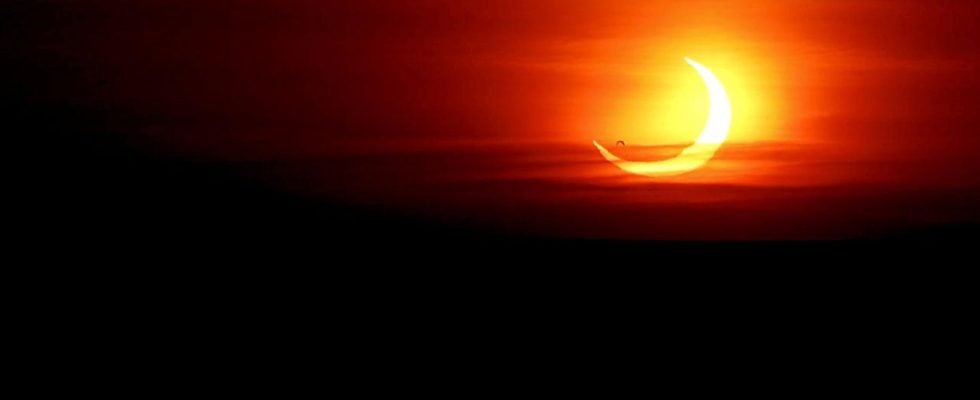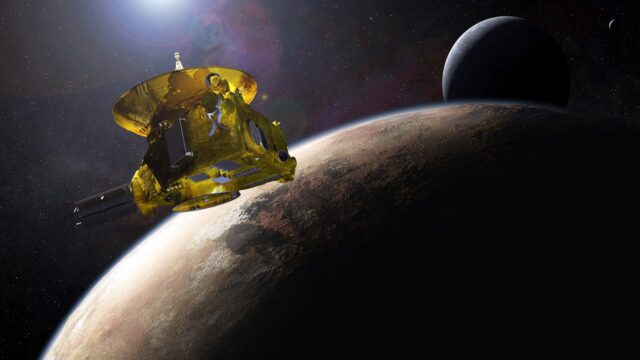A historic day is approaching for sky enthusiasts who look to the sky. On October 14, sky watchers will look at the sky. And they will witness a historical moment. Because on October 14, a rare annular eclipse known as the “Ring of Fire” will occur. Observations can be made easily, especially from the central parts of the USA. While everyone is staring at the sky, NASA is planning to make a big breakthrough. NASA scientists will launch three eclipse rockets to study the atmosphere on this important day.
NASA will launch 3 eclipse rockets to examine the eclipse known as the Ring of Fire on the day it will occur!
The space agency announced that the three rockets they are ready to launch are sounding rockets. These rockets will move towards our planet’s ionosphere. During the upcoming eclipse, the temperature and density of the ionosphere will drop significantly. NASA also wants to examine these effects that will occur during the annular solar eclipse, called the Ring of Fire, in more detail. For this purpose, it will launch 3 sounding rockets on a historic day. The rockets will take off from the White Sands Missing Range in New Mexico.
Aroh Barjatya, professor of engineering physics at Embry-Riddle Aeronautical University, said in a statement: ““If you think of the ionosphere as a pond with gentle ripples on it, the eclipse is like a motorboat suddenly cutting through the water.” said. This statement made by the scientist was published by NASA. Additionally, Barjatya will participate in the eclipse rocket launch event to be held later this month.
Barjatya says that this solar eclipse, called the Ring of Fire, will leave a mark in the ionosphere, like the mark left behind by a boat passing through water. Because during the total solar eclipse in 2017, various instruments in North America saw interference caused by intense changes in the ionosphere, Barjatya said. He also wants to investigate how the ionosphere changes as we move towards space-based entities. In this way, it aims to solve how the eclipse affects GPS and radio signals.
The mission that will launch rockets into the ionosphere on the day of the eclipse takes its name from the dusty adventures of history. NASA named this mission Atmospheric Perturbations Around the Eclipse Path, or APEP. APEP is also the name of the Egyptian god of darkness, who chased his archenemy, the sun god Ra, across the sky. Whenever he caught Ra, an eclipse occurred.

